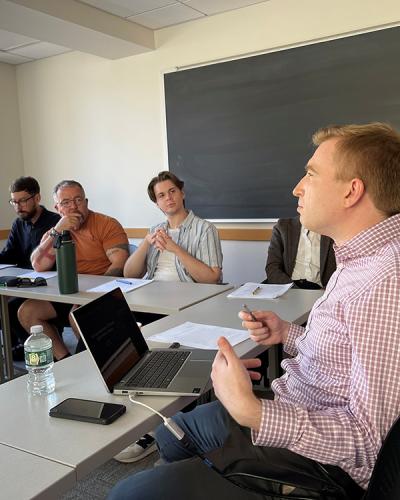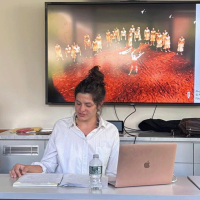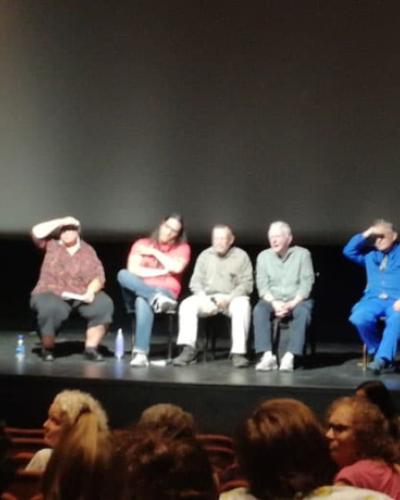Marc Halberstadt’s film begins as an attempt to defamiliarize the question of land ownership in the United States through an analogy with the violent seizure of Jewish property in Germany during the 1930’s. Because Halberstadt’s family lost their home in Nazi Germany before fleeing to the US and settling on Mohawk tribal lands, Halberstadt attempts to set up a transaction whereby the German government pays reparations directly to the Native Americans on whose land he has been living. The film thus raises questions of the lawfulness, morality, and validity of involuntary property transactions, especially following a significant time interval.
In the film’s second part, Halberstadt attempts to link the racist institution of Christian “Indian schools” in the 1860s to the historic “whitening” of the figure of Jesus in European religious art and doctrine. Throughout the film, Halberstadt relies on a confrontational approach he attributes to Iktomi, a trickster figure from Native American folklore who reveals truth by way of pranks and deception. Halberstadt employs subversive humor to further defamiliarize the topics he portrays, aspiring to touch exposed nerves and spark debate.
Hence, it was no surprise that the question-and-answer session following the screening resulted in much impassioned discussion. The members of the panel—Jolene Rickard, Chad Uran, Eric Cheyfitz, and Jonathan Boyarin—shared their thoughts on and critiques of the film, targeting the film’s problematic representations, questioning the effectiveness and merit of money as a reparative tool, probing the accuracy of the film’s analogies. An audience member raised the question of what it means to be an ally to marginalized groups, and how to raise awareness of contemporary problems these marginalized groups face without facilitating further victimization and renewed traumatization. Halberstadt’s own views of identity and victimhood were challenged. The discussion continued up until the cinema closed for the night, and many audience members carried on exchanging remarks outside. (Tamar Gutfeld)





